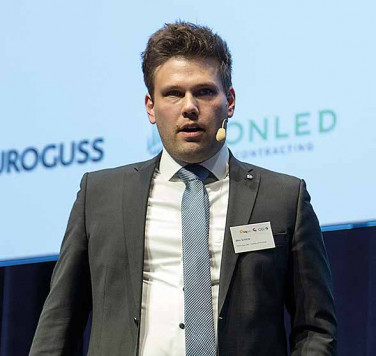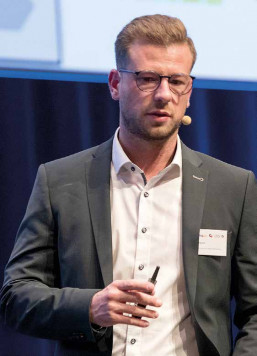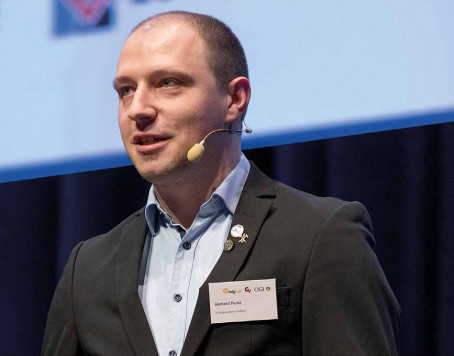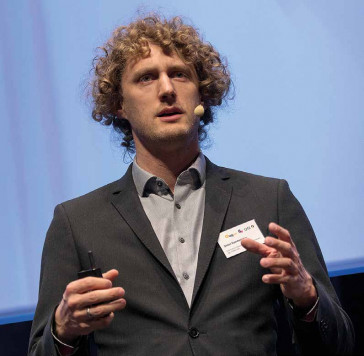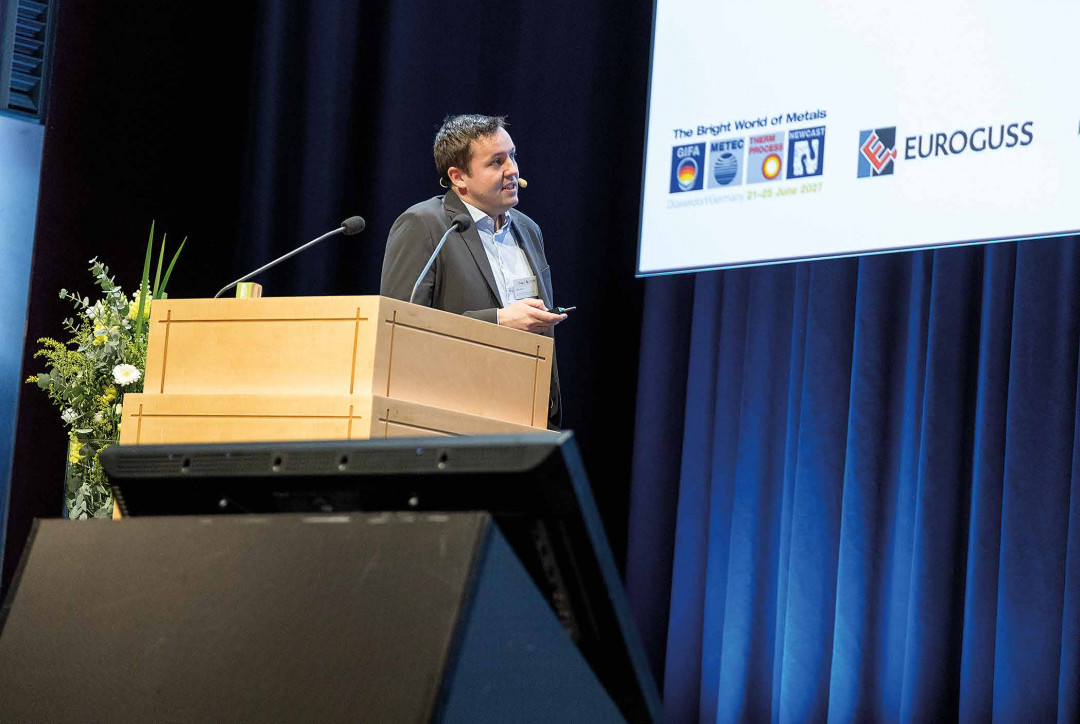

The 2024 Foundry Technology Conference: Casting has a tradition that goes back thousands of years – and there is still a lot to be discovered about casting and moulding materials and their technical behaviour. In five exciting lectures, young scientists from foundry technology research institutes reported on their fundamental research and its benefits for greater efficiency and sustainability.
BY MONIKA WIRTH
The deeper the understanding of the molecular relationships, the more precisely the macroscopic properties and effects can be described and predicted, and sustainable processes developed. For example, variances in casting quality as a result of the (post-consumer) scrap used, recycled core materials, alternative energy sources and modified process chains must be taken into account and categorised in order to be able to reliably qualify the cast components produced.
Alloy and component quality
In addition to carbon and silicon as the main alloying elements, technical cast iron with nodular graphite (GJS) contains a wide range of alloying additives. Their interactions under different process conditions lead to a morphological spectrum of the graphite-pearlite microstructure. The Institute for Materials Applications in Mechanical Engineering (IWM), RWTH Aachen, conducts interdisciplinary research into microstructure development and the resulting mechanical component properties. Lutz Horbach and his research group are working on integrating experimental studies into numerical modelling in order to achieve customised characteristics through targeted microstructure adjustment. A large number of micrographs have been digitised and clustered, which are used to train a neural network to determine the influencing factors. Initial results show that the ratio of magnesium to sulphur is crucial, both for nodularity and for the lamella spacing in pearlite. The aim is to achieve an exact simulation of the influences on the specific alloy adjustment. Felix Weber and his team are focusing on the microstructure evaluation of very large cast components, such as planetary carriers for wind turbines. In particular, the consideration of local material properties should make it possible to better implement lightweight construction aspects even in large components. The approach proposed here is based largely on information obtained from hollow drill samples. The advantage of this method is that the samples come from the real object without violating the component integrity and thus provide information about the local structure at the same time. Furthermore, they can be used in thermographic testing methods that allow an estimation of the fatigue strength. By coupling with the casting process simulation, the experimentally obtained information can be directly correlated with the local solidification behaviour in the component. This integrated approach makes it possible to qualify manufactured components with a reduced amount of work.
Core production and disposal
Organic-bonded foundry cores are increasingly being replaced by inorganic-bonded ones, which largely reduces emissions to water vapour. This ecological advantage is accompanied by the technical problem that the water vapour initially condenses at colder core locations and then can suddenly evaporate when the boiling temperature is reached. This entails an increased risk of gas defects in the castings and makes corresponding countermeasures necessary in the core geometry. Simon Kammerloher from the Institute for Primary and Forming Technology at the Technical University of Munich presented his work on generating data for reliable model calculations and gaining a better understanding of gas release in the core. A test rig was developed that enables the measurement of temperature-dependent gas development in the core and the pressure-dependent gas permeability of the moulding material. The data obtained can be used to quantify the core impact and, in a next step, to implement the prediction in simulation and process.
Lost cores have so far only been used to a limited extent in die casting, as they generally do not withstand the process conditions. A higher binder content also results in higher strength values, but at the same time makes the decoring process more difficult. Max Schütze from the University of Aalen – Technik und Wirtschaft – sees further potential for development here and is conducting research into hybrid sand cores that are produced in a two-layer core shooting process. The inside of these hybrid cores consists of a less solid sand-binder mixture, which is then enclosed in a further core shooting process with a high-strength mixture. This allows separate optimisation to solve the typical conflict of objectives between core strength and disintegration properties. The die casting process was characterised using various analyses, such as measuring the forces that occur in the core, filming the flow in the water model and taking thermal images of the real aluminium die casting process. The requirements for the partial cores are derived from this and, in the next step, a simulation method is developed to produce the corresponding cores.
The Foundry Institute at the TU Bergakademie Freiberg is conducting intensive research into sand processing and operates a corresponding plant. The results of the research work on the use of regenerated sands for core production are promising. But to what extent can the dusts produced during green sand regeneration also be utilised? Gerhard Pentz is looking into this question, because if we want to keep as many valuable materials as possible in the system, those from the used sand recycling dust should also be taken into account. New technologies have been developed in which the dust is separated into a fine and a coarse fraction using a deflector wheel sifter. The valuable materials such as bentonite and lustrous carbon carriers are preferentially enriched in the fine fraction. Further investigations are aimed at how these can be reused.


